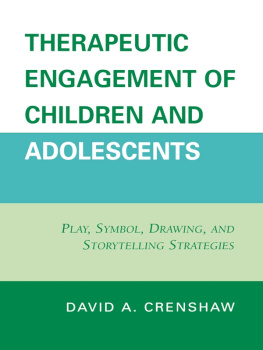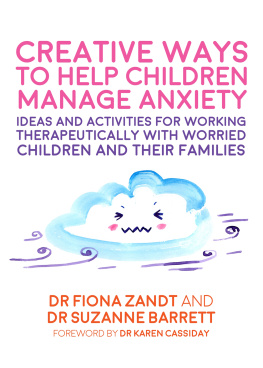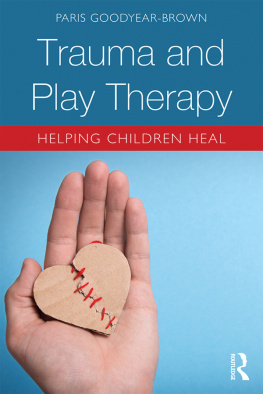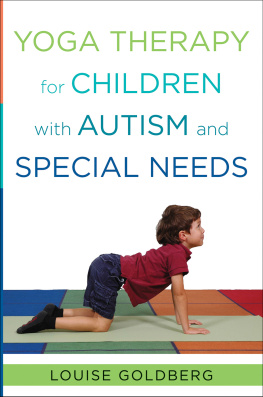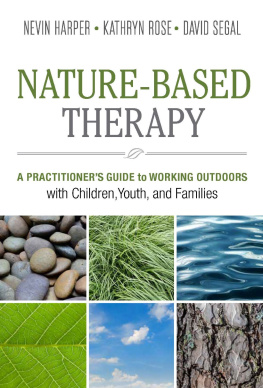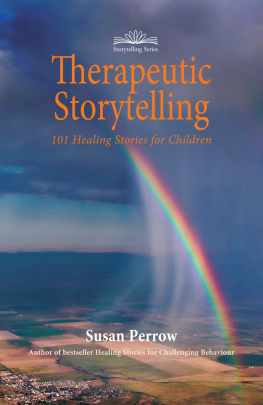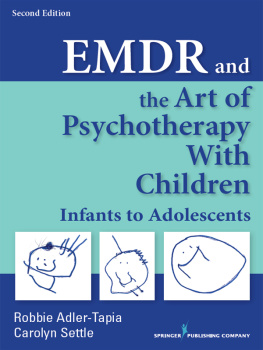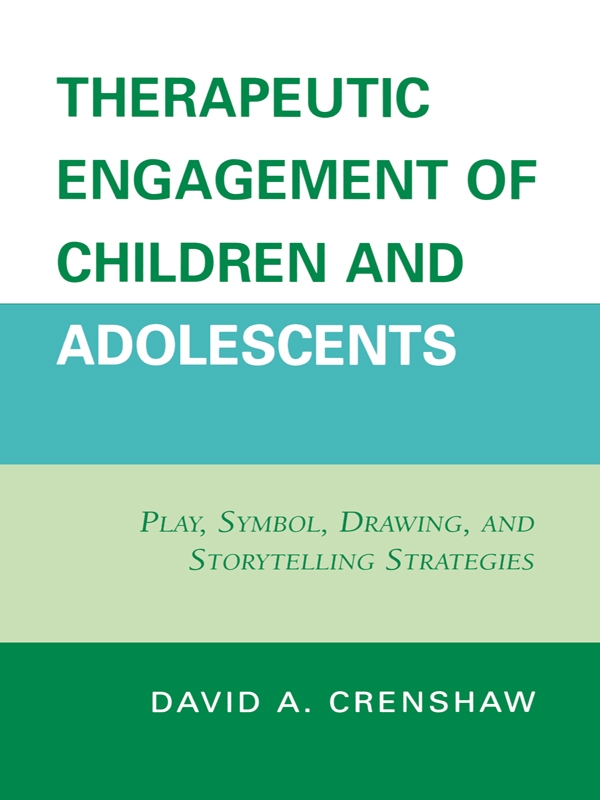References
Algom, D., Chajut, E, and Lev, S. (2004). A rational look at the emotional Stroops phenomenon: A generic slowdown, not a Stroop effect. Journal of Experimental Psychology: General, 133, 323-38.
Allison, S., Stacey, K., Adds, V., Roeger, L., Wood, A., and Martin, G. (2003). What the family brings: Gathering evidence for strengths-based work. Journal of Family Therapy, 25, 263-284.
Ammons, R. B., and Ammons, C. H. (1980). Use and evaluation of the Kahn Test of Symbol Arrangement (KTSA): Partial summary through October, 1979. I: Published papers. Perceptual and Motor Skills, 50, 127-130.
Anderson, A. K. (2005). Affective influences on the attentional dynamics supporting awareness. Journal of Experimental Psychology: General, 134, 258-281.
Bina, M., Graziano, F., and Bonino, S. (2006). Risky driving and lifestyles in adolescence. Accident Analysis & Prevention, 38, 472-481.
Bonime, W. (1962). The clinical use of dreams. New York: Basic Books.
Bonime, W. (1989). Collaborative psychoanalysis: Anxiety, depression, dreams, and personality change. Rutherford, N.J.: Fairleigh Dickinson Press.
Bowlby, J. (1980). Attachment and loss. New York: Basic Books.
Boyd, J., and Ross, K. (1994). The courage tapes: A positive approach to lifes challenges. Journal of Systemic Therapies, 13, 64-69.
Bromberg, P (1998). Standing in the spaces: Essays on clinical process, trauma, and dissociation. Hillsdale, N.J.: Analytic Press.
Brooks, R. (1993). The search for islands of competence. Presentation at the Fifth Annual Conference of CHADD. San Diego, Calif.
Brooks, R. (2003). Facilitating hope and resilience in children. Keynote presentation at the Fiftieth Anniversary Conference of the Astor Home for Children. Fishkill, N.Y.
Burke, A. E., Crenshaw, D. A., Green, J., Schlosser, M. A., and Rivera, L. S. (1989). Influence of verbal ability on the expression of aggression in physically abused children. Journal of the American Academy of Child and Adolescent Psychiatry, 28, 215-218.
Carey, L. (1998). Sand play therapy with children and families. Northvale, N.J.: Jason Aronson.
Carey, L., (Ed.) (2006). Expressive and creative arts methods for trauma survivors. London: Jessica Kingsley Publishers.
Church, E. (1994). The role of autonomy in adolescent psychotherapy. Psychotherapy: Theory, Research, Practice, Training, 31, 101-108.
Clark, M. D. (1998). Strengths-based practice: The ABCs of working with adolescents who dont want to work with you. Federal Probation, 62, 46-53.
Cooper, J. C. (1978). An illustrated encyclopaedia of traditional symbols. London: Thames and Hudson.
Corcoran, J. (1997). A solution-oriented approach to working with juvenile offenders. Child and Adolescent Social Work Journal , 14, 277-88.
Corcoran, J. (2005). Building strengths and skills: A collaborative approach to working with clients. New York: Oxford University Press.
Craddick, R. A., and LAbate, L. (1972). The Kahn Test of Symbol Arrangement (KTSA): A second critical review. International Journal of Symbology, 1 (Mono.): 1-33.
Crenshaw, D. A. (1995). The crisis of connection: Children of multiple loss and trauma. Grief Work, 1, 16-21.
Crenshaw, D. A. (2004). Engaging resistant children in therapy: Projective drawing and storytelling strategies. Rhinebeck, N.Y.: Rhinebeck Child and Family Center Publications.
Crenshaw, D. A. (2005). Clinical tools to facilitate treatment of childhood traumatic grief. Omega: Journal of Death and Dying, 51, 239-255.
Crenshaw, D. A. (2006a). Neuroscience and trauma treatment: Implications for creative art therapists. In L. C. Carey (Ed.), Expressive and creative arts methods for trauma survivors, (pp. 1-25). London: Jessica Kingsley Publishers.
Crenshaw, D. A. (2006b). Evocative strategies in child and adolescent psychotherapy. Lanham, Md.: Jason Aronson/Rowman & Littlefield Publishing.
Crenshaw, D. A. (2006c). The Heartfelt Feelings Strategy. Rhinebeck, N.Y.: Rhinebeck Child and Family Center Publications.
Crenshaw, D. A. (2007a). The Heartfelt Feelings Coloring Cards Strategies Manual. Rhinebeck, N.Y.: Rhinebeck Child and Family Center Publications.
Crenshaw, D. A. (2007b). An interpersonal neurobiological-informed treatment model for childhood traumatic grief. Omega, 54, 315-332.
Crenshaw, D. A. (in press a). The Symbol Association Therapy Strategies (SATS) Clinical Manual. Rhinebeck, NY: Rhinebeck Child and Family Center Publications.
Crenshaw, D. A. (in press a). Supervision of play therapists in working with aggressive children. In A. Drewes and J. Mullen (Eds.), Supervision can be playful: Play techniques for child and play therapists. Lanham, Md.: Jason Aronson/Rowman & Littlefield.
Crenshaw, D. A., and Garbarino, J. (2007). The hidden dimensions: Profound sorrow and buried human potential in violent youth. Journal of Humanistic Psychology, 47, 160-174.
Crenshaw, D. A., and Hardy, K. V. (2005). Understanding and treating the aggression of traumatized children in out-of-home care. In N. Boyd-Webb, (Ed.), Working with traumatized youth in child welfare, (pp. 171-195). New York: Guilford.
Crenshaw, D. A., and Hardy, K. V. (in press). The crucial role of empathy in breaking the silence of traumatized children in play therapy. International Journal of Play Therapy.
Crenshaw, D. A., and Mordock, J. B. (2005a) A handbook of play therapy with aggressive children. Lanham, Md.: Jason Aronson/Rowman & Littlefield Publishing.
Crenshaw, D. A., and Mordock, J. B. (2005b). Understanding and treating the aggression of children: Fawns in gorilla suits. Lanham, Md.: Jason Aronson/Rowman & Littlefield Publishing.
Darwin, J. (2007). Hidden language: Hidden agendas. PsycCRITIQUES, 52, Release 33, Article 175.
DeDomenico, G. (1999). Group sand tray-worldplay: New dimensions in sandplay therapy. In D. Sweeney and L. Homeyer (Eds.), The handbook of group play therapy: How to do it, how it works, whom its best for, (pp. 215-33). San Francisco: Jossey-Bass Publishers.
DeYoung, P. (2003). Relational psychotherapy: A primer. New York: Brunner-Routledge.
Drewes, A. (2001). The Gingerbread Person Feelings Map. In H.G. Kaduson and C. E. Schaefer (Eds.), 101 more favorite play therapy techniques, (pp. 92-97). Northvale, N.J.: Jason Aronson.
Drobes, D. J., Elibero, A.. and Evans, D. E. (2006). Attentional bias for smoking and affective stimuli: A Stroop Task Study. Psychology of Addictive Behaviors, 20, 490-495.
Epley, N., Savitsky, K., and Gilovich, T. (2002). Empathy neglect: Reconciling the spotlight effect and the correspondence bias. Journal of Personality & Social Psychology, 83, 300-312.
Erskine, R. G. (2001). The psychotherapists myths, dreams, and realities. International Journal of Psychotherapy , , 133-140.
Fraiberg, S., Adelson, E.. and Shapiro, V. (1965). Ghosts in the nursery. Journal of the American Academy of Child Psychiatry, 14, 387-424.
Fulkerson, J. A., Story, M., Mellin, A., Leffert, N., Neumark-Sztainer, D., and French, S. A. (2006). Family dinner meal frequency and adolescent development: Relationships with developmental assets and high-risk behaviors. Journal of Adolescent Health, 39, 337-345
Furth, G. M. (2002). The secret world of drawings: A Jungian approach to healing through art. Toronto: Inner City Books.
Garaigordobil, M., and de Galdeano, P. G. (2006). Empata en nios de 10 a 12 aos. / Empathy in children aged 10 to 12 years. Psicothema, 18, 180-186.
Garbarino, J. (1995). Raising children in a socially toxic environment. San Francisco: Jossey-Bass.

